Is dropshipping worth it in 2023? If you’re a new e-commerce site owner looking to start an online dropshipping business, this question has probably crossed your mind. With the rapid growth of online shopping, dropshipping has emerged as a popular business model. But does it still hold up as a profitable and sustainable option for aspiring entrepreneurs?
In this article, we’ll dive deep into the world of dropshipping, exploring its pros and cons, and provide a comprehensive analysis to help you decide if it’s the right path for you.
What is Dropshipping?
Dropshipping is a low-risk, inventory-free business model where an online store sells products without owning or stocking them. Instead, the store partners with a third-party supplier who manages inventory and fulfills customer orders on behalf of the store.
The dropshipping business model allows the store owner to focus on marketing and customer service without having to worry about inventory management, manage logistics like shipping and returns and order fulfillment.
How the Dropshipping Business Model Works?

The process of dropshipping model involves:
Setting up an online store
Choose an e-commerce platform such as Shopify or WooCommerce, customize your store’s design, and add products from your dropshipping supplier’s catalog.
Promoting your store
Implement various marketing strategies, such as SEO, social media marketing, and email campaigns, to attract customers to your store.
Processing orders
When a customer places an order, you forward the order details to your supplier, who then ships the product directly to the customer.
Earning profits
You earn a profit from the difference between the wholesale and retail prices of the products.
Is Dropshipping Worth It? Analyzing the Current Dropshipping Market

To gain a clear understanding of the current dropshipping market, it’s crucial to examine various factors, such as:
Growth of the dropshipping industry
Oberlo’s latest data reveals that the global dropshipping market is expected to reach a value of $243.42 billion in 2023, marking a 23.7% increase from 2022’s numbers. This impressive growth showcases the potential opportunities for new entrants in the dropshipping industry.
From 2020 to 2026, the dropshipping market is predicted to witness an impressive average yearly growth rate of 24.39%. The most substantial expansion is forecasted to occur in 2026, with a remarkable surge of 27.82%. Based on this data, dropshipping is considered a highly profitable business model with significant growth potential.
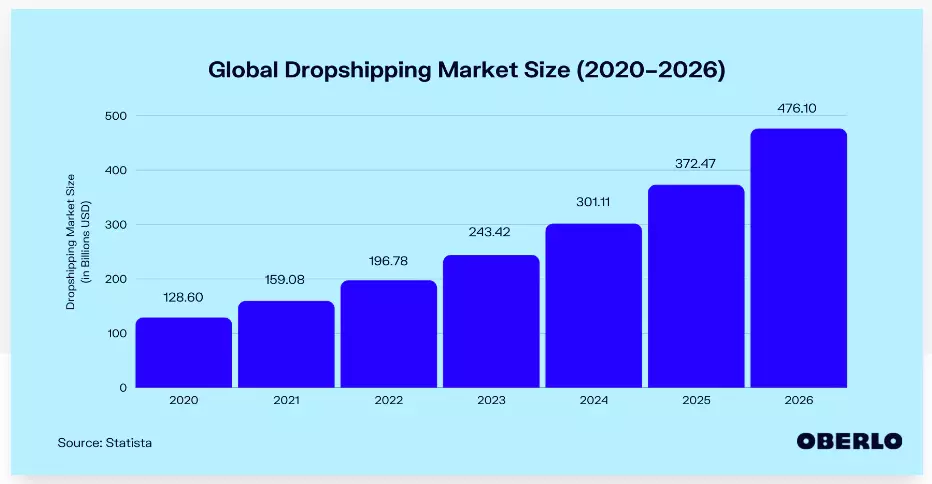
Market Trends and Consumer Behavior
Thriving in the competitive landscape of dropshipping requires continuous adaptation and improvement to meet evolving consumer expectations. Dropshippers who adapt to these trends and continuously improve their businesses will be more likely to succeed in the long run.
Trends in online shopping
The continuous growth of online shopping has contributed to the rise of dropshipping as an attractive business model. However, increased competition and consumer expectations can make it challenging to stand out.
Increased Competition in the dropshipping niche
As the dropshipping industry has grown, so has the competition. Many new entrepreneurs are attracted to the low startup costs and flexibility of the dropshipping business model, resulting in a saturated market in some niches.
Analyzing your competition can provide valuable insights into product offerings, pricing strategies, and marketing tactics. Use tools like Ahrefs to research your competitors and identify opportunities for improvement.
Is Dropshipping worth it: Pros & Cons of Dropshipping Businesses

Pros
Low Startup Costs
Dropshipping requires less upfront investment compared to traditional retail, Since you don’t have to invest in inventory or storage space, you can launch your online store with minimal financial risk.
Low risk business model
With no inventory to manage, you have fewer risks associated with unsold stock or wasted storage space.
No Need for Inventory Management or Storage Space
With dropshipping, you don’t have to worry about managing your inventory or renting storage space, as your suppliers handle these responsibilities. This frees up your time and resources to focus on marketing, customer service, and growing your store.
Flexibility in Selling a Variety of Products
Dropshipping allows you to test and sell a wide range of products without having to purchase them in bulk. This flexibility enables you to experiment with different products and niches, quickly adapting to market trends and customer demands.
Access to a Wide Range of Dropshipping Suppliers
The growth of the dropshipping industry has led to the emergence of numerous dropshipping suppliers and platforms. With so many options available, you can find suppliers that cater to your specific niche and offer competitive pricing, making it easier to run a profitable business.
Scalability
As your business grows, you can easily add more products and suppliers without significant increases in operational costs.
Cons
Lower Profit Margins
Dropshipping typically offers lower profit margins compared to other business models, as you don’t benefit from bulk discounts or direct manufacturer pricing. To compensate for this, you may need to price your products higher or focus on marketing and customer service to differentiate your store from competitors.
Dependence on dropshipping Suppliers
The success of your dropshipping business depends on the reliability and performance of your suppliers, which can be difficult to control. To avoid this maintain open communication with your suppliers and have backup options in case of any unforeseen issues.
Lack of control over product quality and customer experience:
Since you don’t handle the products yourself, ensuring consistent product quality can be challenging. If your supplier ships a low-quality product to your customer, it can damage your brand reputation and lead to negative reviews.
Work with reliable suppliers and establish clear quality control standards to minimize this risk. It’s important to examine customer feedback and sales information on dropshipping platforms such as AliExpress to better understand the viability of products.
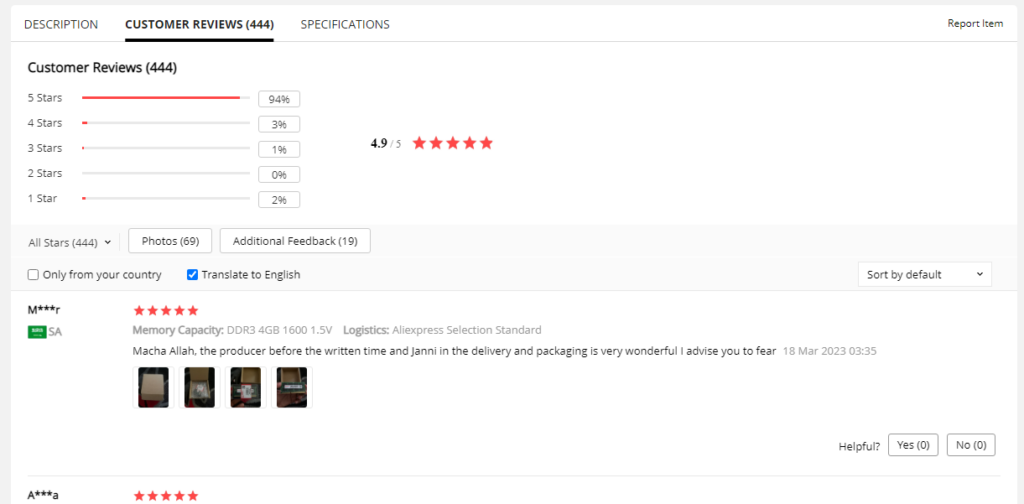
Shipping costs and delays
Dropshipping often involves shipping products from overseas suppliers, which can result in longer shipping times and higher shipping fees. Customers may become frustrated with slow delivery times or unexpected shipping costs, which can negatively impact your store’s reputation and customer satisfaction.
How to Make a Dropshipping Business Work?
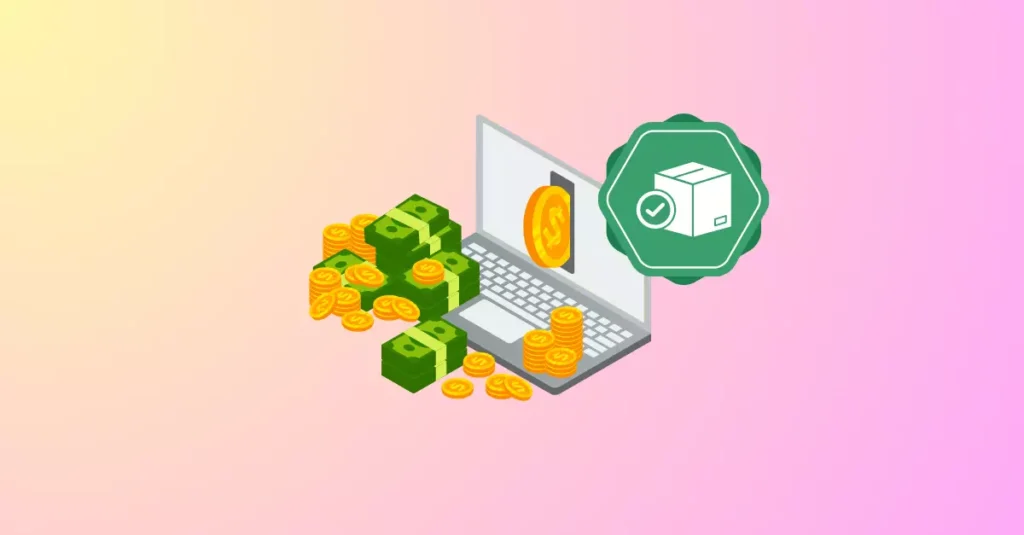
Choosing the Right Niche
Market research – Conduct thorough market research to identify profitable niches and trending products. Utilize tools like Google Trends and Keyword Planner to analyze search volume and competition for specific products and niches.
Additionally, analyzing your competitors and identifying gaps in the market can guide you towards a successful niche.
Select the Best Dropshipping Suppliers
Partnering with reliable dropshipping suppliers ensures product quality, timely deliveries, and a better customer experience. Research potential suppliers thoroughly and consider factors like shipping times, reviews, shipping fees, product quality, and communication.
Tools like SaleHoo and Worldwide Brands can help you find reputable dropshipping suppliers.
Build an Attractive and User-Friendly Online Store
Your online store is the face of your business, so it’s essential to create a professional, user-friendly, and visually appealing website. According to a 2019 study by Sweor, it takes about 0.05 seconds for users to form an opinion about your website, which can determine whether they stay or leave. Invest time in designing an engaging and easy-to-navigate store that converts visitors into customers.
Automate Your Online Store
Optimizing your dropshipping store with automation tools can significantly improve efficiency and free up time for more important tasks.
Benefits of Automation
- Streamlines product listing, order fulfillment, and inventory management
- Reduces manual effort on administrative tasks
- Allows focus on marketing and customer service
Popular Automation Tools
- Oberlo for Shopify: Simplifies product import and order management
- WooCommerce Dropshipping for WooCommerce: Streamlines product import and supplier communication
- Alidropship helps streamline your dropshipping operations
When choosing automation tools, look for compatibility with your eCommerce platform and consider user reviews to ensure satisfaction. By leveraging the right automation tools, you can run a more profitable dropshipping business and focus on growth.
Implement Effective Marketing Strategies
Search engine optimization (SEO)
Optimize your online store for search engines to drive organic traffic, increase brand visibility, and attract potential customers. Incorporate relevant keywords, optimize product descriptions, and create high-quality content to improve your store’s search engine rankings.
Social media marketing
A 2023 report by Datareportal revealed that there are 4.76 billion social media users worldwide, making social media a powerful marketing tool. Use platforms like Facebook, Instagram, and Pinterest to promote your products, engage with your audience, and build brand awareness.

Email marketing
Build your email list and send regular newsletters to keep your subscribers informed about new products, promotions, and valuable content.
Choosing the Right Hosting Provider
A crucial aspect of running a successful dropshipping store is selecting a reliable hosting provider. Your hosting provider plays a significant role in your store’s performance, security, and user experience. Hosting providers can benefit your dropshipping business by providing:
- Improved Performance
- Enhanced Security
- Expert Support
Ensure Quality Control and Customer Satisfaction
Communicating with suppliers
Maintain open communication with your suppliers to address any product quality concerns and ensure they meet your expectations.
Handling returns and refunds
Develop a clear return and refund policy for your store and work closely with your suppliers to address customer complaints promptly.
Providing excellent customer service
Invest time and effort in delivering exceptional customer service, as it is key to building trust, encouraging repeat purchases, and generating positive word-of-mouth for your dropshipping business.
Round-the-Clock Availability
Offering 24/7 customer support or tailored services can set your store apart and give you an edge over competitors. By providing exceptional and consistent assistance, customers are more likely to choose your business for their shopping needs.
How Dropshipping is Different Than Other Business Models?
Dropshipping sets itself apart from other business models in several ways:
Traditional retail
While dropshipping eliminates upfront inventory and storage costs, traditional retail allows more control over product quality and faster shipping.
Fulfillment by Amazon (FBA)
FBA provides access to Amazon Prime customers and faster shipping but requires upfront inventory investments and additional fees, unlike dropshipping.
Affiliate marketing
Unlike dropshipping, affiliate marketing involves earning commissions on referred sales without managing inventory or shipping, but it relies solely on marketing efforts and commission rates.
What are Top Ecommerce Platforms for Dropshipping?
Shopify Dropshipping

Shopify is a popular choice for dropshipping businesses due to its user-friendly interface, extensive app store, and easy integration with various dropshipping suppliers. According to a Shopify report, the platform has over 1.7 million merchants worldwide. The platform offers a range of pricing plans and features to suit different business needs.
Shopify’s app store includes dropshipping apps like Oberlo and Spocket, which simplify product sourcing and order fulfillment.
Amazon Dropshipping
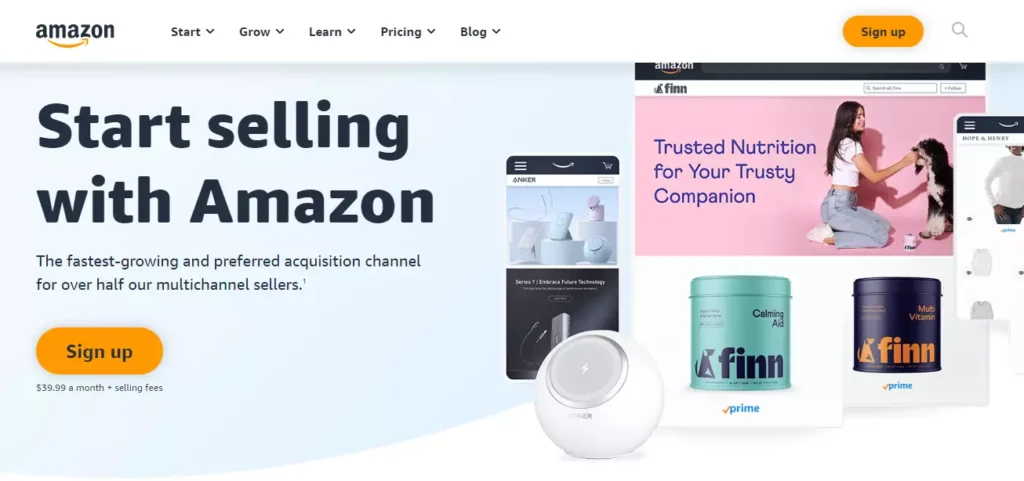
Amazon dropshipping allows you to list and sell products on Amazon without holding inventory. While this model provides access to Amazon’s massive customer base, it also comes with strict policies and higher competition. Consider using tools like Jungle Scout or Helium 10 to help with product research, keyword optimization, and inventory management on the platform.
Other Popular Ecommerce Platforms
Other notable ecommerce platforms for dropshipping businesses include:
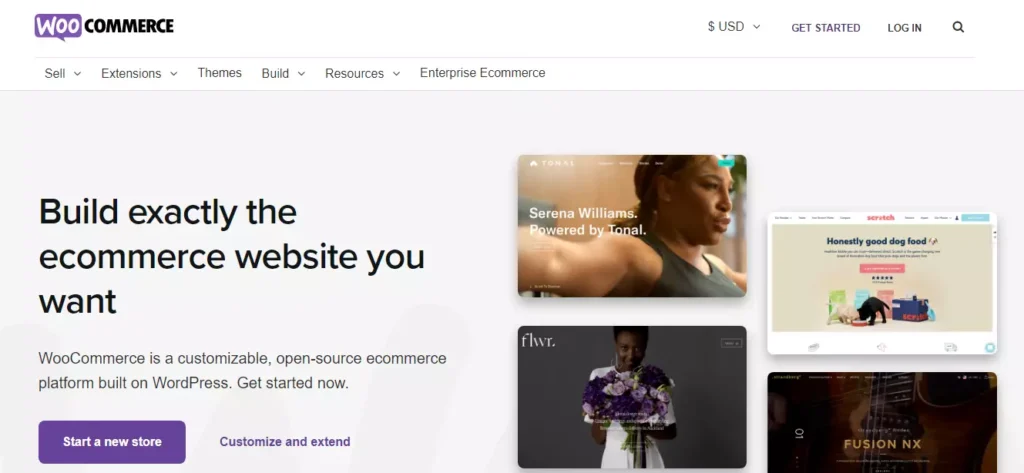
A free, open-source plugin for WordPress that offers flexibility and customization options, making it a great choice for those familiar with WordPress.

A powerful ecommerce platform with built-in dropshipping features and integrations with popular suppliers like AliExpress and Doba.
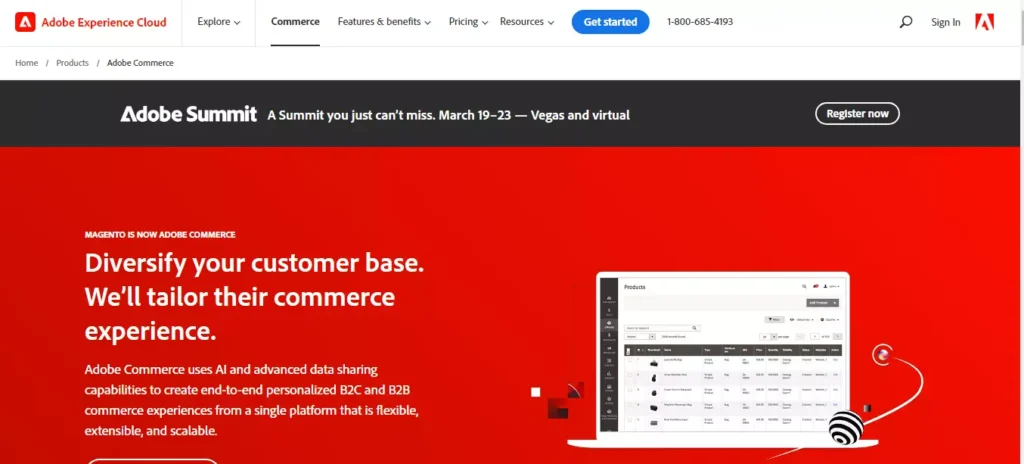
An open-source platform with advanced features, suitable for larger or more technically skilled businesses.
When choosing an ecommerce platform, consider factors such as pricing, features, ease of use, and available integrations to find the best fit for your dropshipping business.
Conclusion: Is Dropshipping Worth It in 2023?
To recap, the dropshipping business model offers several advantages, such as low startup costs, reduced risks, and no need for inventory management. However, it also presents challenges, including lower profit margins, shipping delays, and supplier dependence.
Is dropshipping worth it? Ultimately, it depends on your individual goals and circumstances. If you’re willing to invest time and effort into market research, supplier selection, and marketing strategy, dropshipping can be a profitable and scalable online business model. However, if you’re looking for a quick and easy way to make money online, dropshipping may not be the best option for you. Consider the pros and cons discussed in this article and assess your resources and capabilities before making a decision.
FAQs
Is dropshipping a profitable business model?
Yes, dropshipping can be a profitable business model, especially for those looking to start an online business with low upfront costs. However, success in dropshipping largely depends on factors such as niche selection, supplier relationships, and effective marketing strategies.
Can I start dropshipping with a limited budget?
Yes, dropshipping is an ideal business model for those with limited budgets because it requires low startup costs and minimal investment in inventory.
How do I find reliable dropshipping suppliers?
Research suppliers thoroughly, read reviews, and test their services before committing. Consider using platforms like Alibaba, SaleHoo, or Doba to find reputable suppliers.
Are there legal requirements for starting a dropshipping business?
Yes, you need to register your business, obtain necessary permits or licenses, and comply with tax regulations. Always consult with a legal professional to ensure compliance with local laws.
How do I drive traffic to my dropshipping store?
Utilize search engine optimization (SEO), social media marketing, email marketing, and other digital marketing strategies to increase your store’s visibility and drive targeted traffic.



Is Dropshipping Worth It in 2023? A Guide For New Site Owners